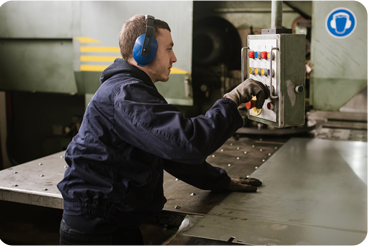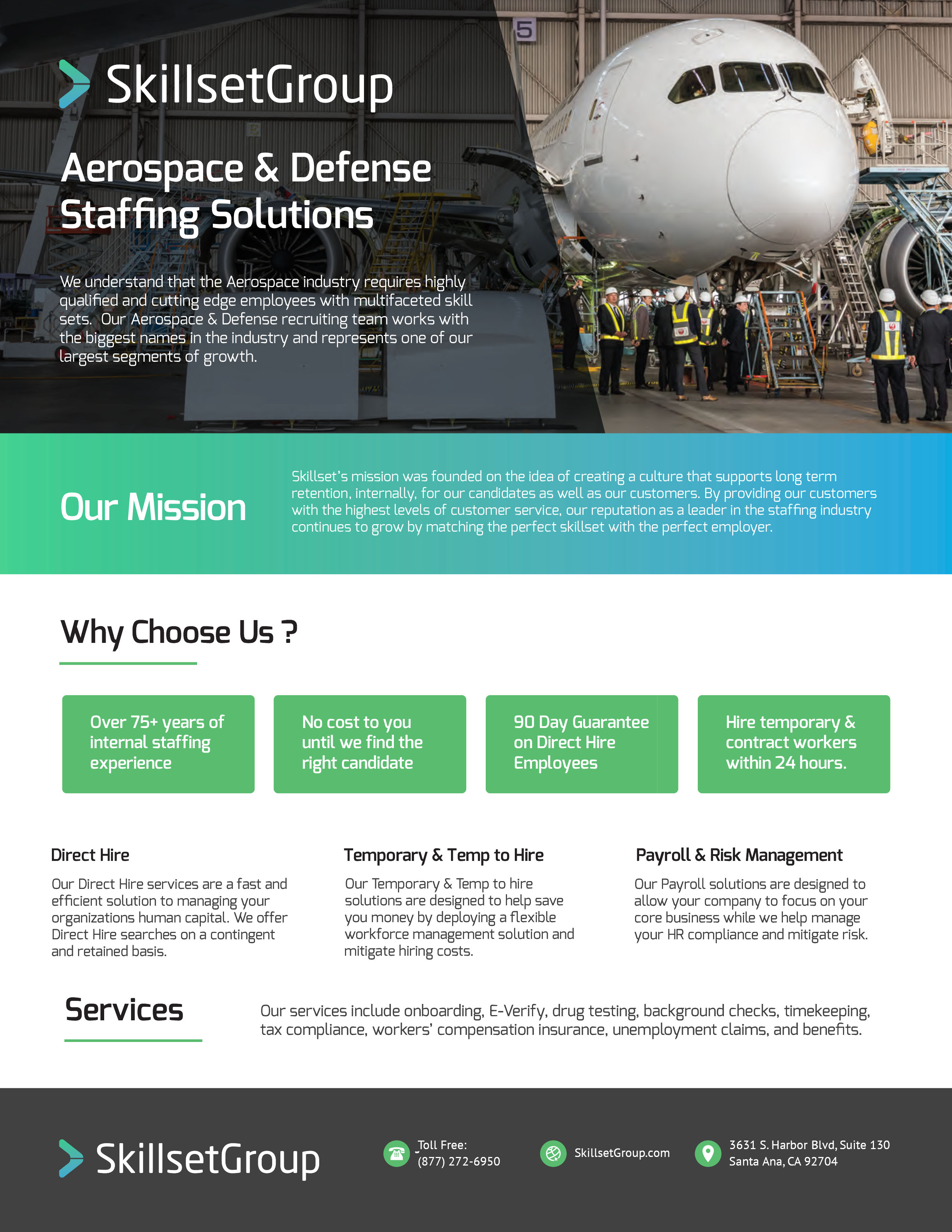Aircraft manufacturers and their parts suppliers are about to feel the brunt of the skilled labor and engineering shortages as they ramp up production, post-pandemic.
A company like Boeing has a supply chain of hundreds of suppliers, and they laid off a significant percentage of their workforce because of the deadly COVID-19 pandemic. The shuttered airports and production lines cost the U.S. billions in lost revenue – civil aviation including commercial passenger travel makes up 61% of the total US aviation industry, according to the Aerospace Industry Association (AIA).

How Did COVID-19 Affect Airlines and Aerospace Companies?
By May of 2020, 17,000 aircraft worldwide went into storage. That’s 60 percent of the global fleet, compared with only about 1,500 commercial planes in storage at any given time during normal years.
The pandemic put more than 220,000 aerospace jobs at risk.
Even though most defense contractors continued as essential businesses through the pandemic, they’ll have to face the same market forces as their civil aerospace counterparts.
“The impact of the pandemic is extending beyond civil aviation and into the defense realm due to the closely integrated nature of the supply chain that the two sectors share,” the AIA states in its COVID-19 industry recovery roadmap. “As a result, the defense industry is unlikely to be spared as suppliers face disruptions in their civil manufacturing consumer base.”
How Will the U.S. Aerospace Industry Recover from the 2020 Pandemic?
Passenger air travel may return to 2019 levels within the next five years, but the Aerospace Industry Association predicts the industry may take nearly a decade to recover. This U.S. trade organization released its roadmap for pandemic recovery in 2020. In it, analysts predicted labor shortages and other supply chain problems that would hammer the smaller metal shops and fabricators that provide the bulk of the parts for airframe companies like Boeing.
“As end-use civil aviation manufacturers face decreasing passenger demand, the industry’s shared supply chain will also see substantial impacts,” the report states.
In addition to reduction in airframe construction, the 2020 pandemic has also flooded the market with excess aftermarket parts, depressing prices and demand for new parts – demand which could help the smaller members of the aerospace supply chain stay in business.
How Can Suppliers Keep Components Flowing to Airframe Manufacturers?
The only way to keep those parts flowing is to fill the open engineering and skilled labor positions at small, supply chain parts companies that have survived the pandemic.
But staffing those positions won’t be easy.
Many of those employees laid off from airframe manufacturers and parts suppliers have already moved on. Much of the expertise in the aerospace industry can be applied to manufacturing items like healthcare devices that are similarly lucrative to aerospace jobs but are recession-proof.
Other senior engineers may have taken the pandemic shutdowns as an opportunity to retire, shrinking the engineering and skilled labor pool further.
For these reasons, you need a staffing partner like SkillsetGroup. As someone hiring for aerospace parts company or airframe manufacturer, you may have found this piece online because you’re already having trouble filling these positions.
Here at SkillsetGroup, we’re on the phones and web utilizing our vast, nationwide database of contacts and expertise. We know where to find the engineers and tradespeople you need to not just to remain solvent, but to take full advantage of the recovery-related manufacturing growth sure to come.
We know how to navigate the digital spaces where the best employees in these technical fields post their resumes and look for work.
“Overcoming COVID-19: Aerospace and Defense’s Road to Recovery”
The Aerospace Industries Association (AIA)
Oct. 2020


